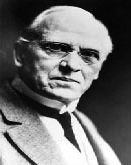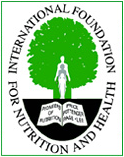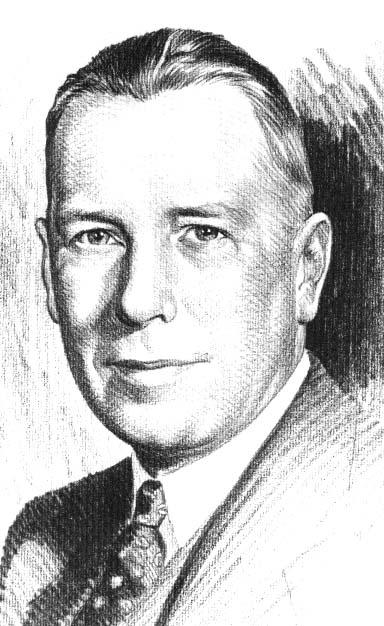John H. Tilden, MD.
(1851-1940)
John H. Tilden, MD.
(1851-1940)

Dr. John H. Tilden, the son of a physician, was born in Van Burenburg, Illinois, on January 21, 1851. He received his medical education at the Eclectic Medical Institute, Cincinnati, Ohio, a medical school founded in 1830 as a protest against the allopathic and homeopathic schools of medicine of that time. He graduated in 1872, with the degree of doctor of medicine. From the best information we can obtain, his father was Dr. Joseph G. Tilden, who came from Vermont in 1837 to Kentucky where he married.
Dr. John H. Tilden started the practice of medicine at Nokomis, Illinois. Then he spent time in St. Louis, Missouri and then moved to Litchfield, Illinois, and stayed there until 1890, when he moved to Denver, Colorado. In Denver he worked with other doctors located in the downtown business section. Later he established a sanitarium in an outer section of the city. From 1890-1924, he ran the sanitarium and school and sold it for about half of what he had paid. He sold the school to Dr. Arthur Voss of Cincinnati, Ohio. Dr. Tilden intended to devote himself to writing and lecturing but he soon became discontented without his school and after a period he bought two residences on Pennsylvania Avenue in Denver, united them into one and opened a new sanitarium and school in about 1926. He continued this school until his death on September 1, 1940.
It was during the early years of his practice in Illinois, that Dr. Tilden began to question the use of medicine to cure illness. His extensive reading, especially of medical studies from European medical schools, as well as his own critical thinking, led him to the conclusion of the formulation of toxemia developing. From the beginning of his Denver practice, Dr. Tilden used no medicine but practiced his theory of clearing the body of toxic poison and then allowing nature to make the cure and teaching his patients how to live so as not to create a toxic condition and to retain a healthy body free of disease. An uncompromising realist and a strict disciplinarian, Dr. Tilden wasted no time on those who would not relinquish degenerating habits, but to his patients and disciples he was both a friend and mentor.
In 1900 he began the publication of a monthly magazine called “The Stuffed Club,” which continued until 1915, when he changed the name to “The Philosophy of Health,” and in 1926 again changed the name to “Health Review and Critique.” His writings for his publications was almost entirely done in the early morning hours from three until seven. The purpose of the publications was not to make money but to spread knowledge of the his teachings. In time it attained a wide circulation, not only in this country but also abroad, even in Australia, but it never produced revenue and Dr. Tilden refused to make it an advertising medium, as often urged to do by advertising firms. As his death revealed, after 68 years of practice, Dr. Tilden had accumulated only an exceedingly modest estate. His life was pre-eminently one of self-sacrifice and of devotion to service, searching for truth, with an indomitable will and an intense fortitude to adhere to the truth when discovered. In his day Dr. Tilden’s thoughts received no support from the established medical profession but brought the strongest of opposition and condemnation.
By Frederic N. Gilbert
Showing the single result


